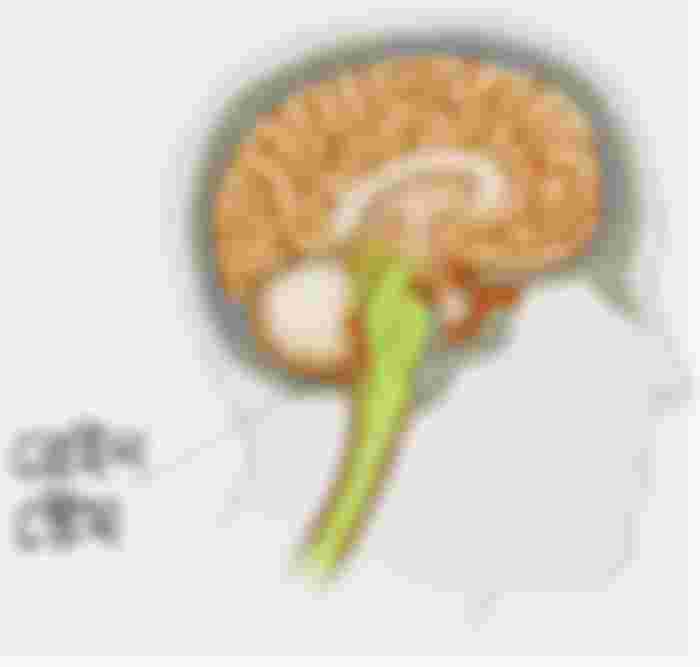One primitive mystery is death. Infallible, invincible, inevitable. Eternal wonder সে he is the ultimate terror to anyone. To someone ‘Death Ray, Tuhu Mom Shyam Saman’. From the beginning of creation, people wanted to understand, what is death?
The difference between life and death is not as simple as the difference between black and white. Basically there is no single definition of death; There is not even a specific moment. Sometimes the simplest question is the hardest to answer. The question is what is death and when does it happen?
Physicians pronounced the patient dead after considering some critical factors related to heart, lung and brain function. However, when the final or total death (somatic death) occurs, can not answer. In the language of biology, there is no definite single moment of death. At the time of death, people go through a series of small deaths. Different tissues die at different times.
In a 2016 study, Sam Parnia, head of critical care and resuscitation research at the NYU Langone School of Medicine in New York City, claimed in a study that even if a person was declared theoretically dead, he or she would not die. His consciousness stays awake for a certain period of time and he listens to others. But he does not have the strength or ability to do anything.
Different types of death
The patient's heart is active, the body is warm, there is a rumbling sound in the stomach, the intestines can digest food, and any injury to the body can be cured িতে in such a situation the body is said to be completely alive. But according to the unanimous definition in medical science, this patient is dead. It is called the beating heart cadaver or the corpse of the dead brain (brain dead), whose blood circulation and other organs of the body are moving. How are the doctors sure that they are really dead?
Confirming death has never been easier. There were 30 theories of death confirmation in the nineteenth century. However, none of them were generally accepted in established medicine. In 1848, the Academy of Sciences organized a competition in Paris, France. The competition is organized with the correct definition of death to prevent the incident of burying someone before death. In those days stethoscopes were invented. One of the young doctors who took part in the competition commented that if the doctors did not get a heartbeat for two minutes through a stethoscope, he would definitely be dead. He can be buried safely.
The young doctor won the competition by pointing out this method. Since then this method of declaring death has been established. But a discovery in the 1920's showed that patients had a better chance of surviving a heart attack. As a result, there is confusion over the theory of identifying the dead on the basis of cardiac arrest.

After the discovery of the defibrillator, there was confusion about the traditional method of declaring a patient dead if he did not have a heartbeat.
Cowenhoven, an electrical engineer in Brooklyn, New York, explored why people die when they are electrocuted. He imagined that a person who had been electrocuted could be brought back to life if he could shake with the right amount of voltage. For the next 50 years, William Cowenhoven worked on the idea. Eventually he was able to invent the defibrillator. Once the heart stopped beating, the person was once considered dead. But after the discovery of the defibrillator, it was not the last word.
After the discovery of the EEG (electroencephalogram) used to detect brain function, the process of identifying death becomes more complex. Prior to 1950, unconscious patients were only identified as comatose. But doctors around the world in the early 1950's found that many patients with comatose had no brain activity at all. The term ‘coma dipas’ was first used in France to describe this mysterious situation, i.e. a situation that transcends a coma situation. The corpses of ‘moving hearts’ are identified, whose brains are dead but whose bodies are alive. It is a whole new kind of patient, which in one fell swoop reverses all the notions of five thousand years of medicine. Born are new philosophical, moral and legal complex questions about death.
There is a clear difference between coma and other unconscious situations. In both cases, the patient is frozen and does not respond to the name, but in the case of coma, the patient's brain activity continues during the sleep and anesthesia cycle. Patients in a coma are more likely to recover completely. But if the brain is dead, the patient has no chance of survival.
Another situation is persistent vegetative state (PVS). This situation is more critical than coma. The upper part of the brain of a PVS patient is permanently or irreversibly damaged. However, this patient is not dead. There are two other names for PVS — Appalachian Syndrome and Unresponsive Wakefulness Syndrome. So it can be said that some dead are more dead than others.

The lower part of the tube-shaped brain is the brain stem, which controls vital body functions, including respiration.
Only when the whole brain, including the brain stem, is dead, is the body considered to be a moving heartbeat. The lower part of the tube-shaped brain is the brain stem, which controls vital body functions, including respiration. But even if the whole brain, including this brain stem, dies, the body activity of the moving heart continues. How?
Over the centuries, soldiers, butchers, and executioners have observed that even after beheading or dismemberment, various parts of the body tremble spontaneously. In the nineteenth century, long before the discovery of life support, physicians have found many patients whose heartbeat continues even after a few hours of stopping breathing. This is because of the Lazarus reflex. This automatic reflex was first heard in 1984. This reflex often causes the dead person to fall out of bed, raise his hands and throw them down again. Although most of the reflexes are mediated by the brain, these reflexes are through the spinal cord.
In addition, stem cells in the skin and brain survive for several days after a person dies in a life-and-death sequence. Muscle stem cells were found alive two and a half weeks after death. Even after our last breath, our genes survive for a long time.

Lazarus reflex often causes the dead person to fall out of bed, raise his hands and throw them down again.
AHM Mahfuz Ullah, Senior Medical Officer, Bangladesh Specialized Hospital, said that if all the cells or tissues of the body except the brain are damaged or injured, they are regenerated or compensated. And in the beginning of the human birth process, the brain is formed and the brain cells or tissues are never regenerated or compensated. So when the brain stops working, there is no chance of survival.
What is death?
James Barnett, a professor of neurology and medicine at Dartmouth, said: "A person without any kind of life support is declared dead if his heart stops beating or his breathing stops or his blood circulation stops for a few minutes. It is the traditional or conventional concept of death. There are more such ideas. However, there is no specific moment of death or a specific moment when the whole of a person dies together. A series of small deaths occur in the body before death.
James Barnett said there are two definitions of death. A traditional definition is a permanent blockage of the blood circulation and respiratory system of a person who is not in any form of life support.
Another neural definition is 'brain death'. This means that all kinds of activities and abilities of the brain are permanently or permanently suspended. In this case, the person's breathing may continue. However, some countries and religions do not accept brain death as death. However, most accept. Because, our technology is sophisticated now. But we can still ask a few more questions, which can complicate the process of declaring death. You may ask, if a few nerves are active, does that not conflict with this definition of brain death? How many parts of the brain need to be ‘dead’ before the full brain is declared dead? How long are other parts of the body effective?
"Defining death is basically a religious or philosophical question," said Robert Vech of the Kennedy Institute of Ethics.
In the language of biology, death is the end of the life of any living thing or organism that has life. So what is life? Researcher, teacher and author Professor Ahmed Sharif briefly defined life as, ‘Life is the sum of the perceived consciousness of the waking time.’ So according to this definition, the permanent destruction of consciousness is death. That is, death of the brain means death. However, there are complications in this case. Physicians declare the patient dead if the brain dies, but cannot officially declare him dead until the heart stops beating. Mahfuz Ullah said no one can be declared dead unless the heart stops permanently. For this, the doctors confirm the ECG if necessary.
Clinically dead
James Barnett says professional doctors never use the term ‘clinically dead’. However, relatives of some patients use the term to refer to 'go away'. "It's wrong to say that," Barnett said. However, people who are not involved in treatment usually use this term. That's not true in medicine. "
Weinstein, a bioethicsist at Walsh University in Ohio, said the use of the term "clinically dead" in the case of a person has left the media in a quandary. If a person is pronounced dead using heart-lung and nerve diagnostics, the media should simply say the person is dead. Saying Clinical Dead leaves you in a dilemma as to whether the person is dead at all.
"It's hard to declare someone dead," Weitstein said. It's not because of the lack of technology, it's because of the abundance of technology. '
Two centuries ago, physicians had difficulty diagnosing death. Because, there were not enough test opportunities then. They used to do breathing tests in the ancient way. And now the cause of the problem, the abundance of sophisticated tests.


